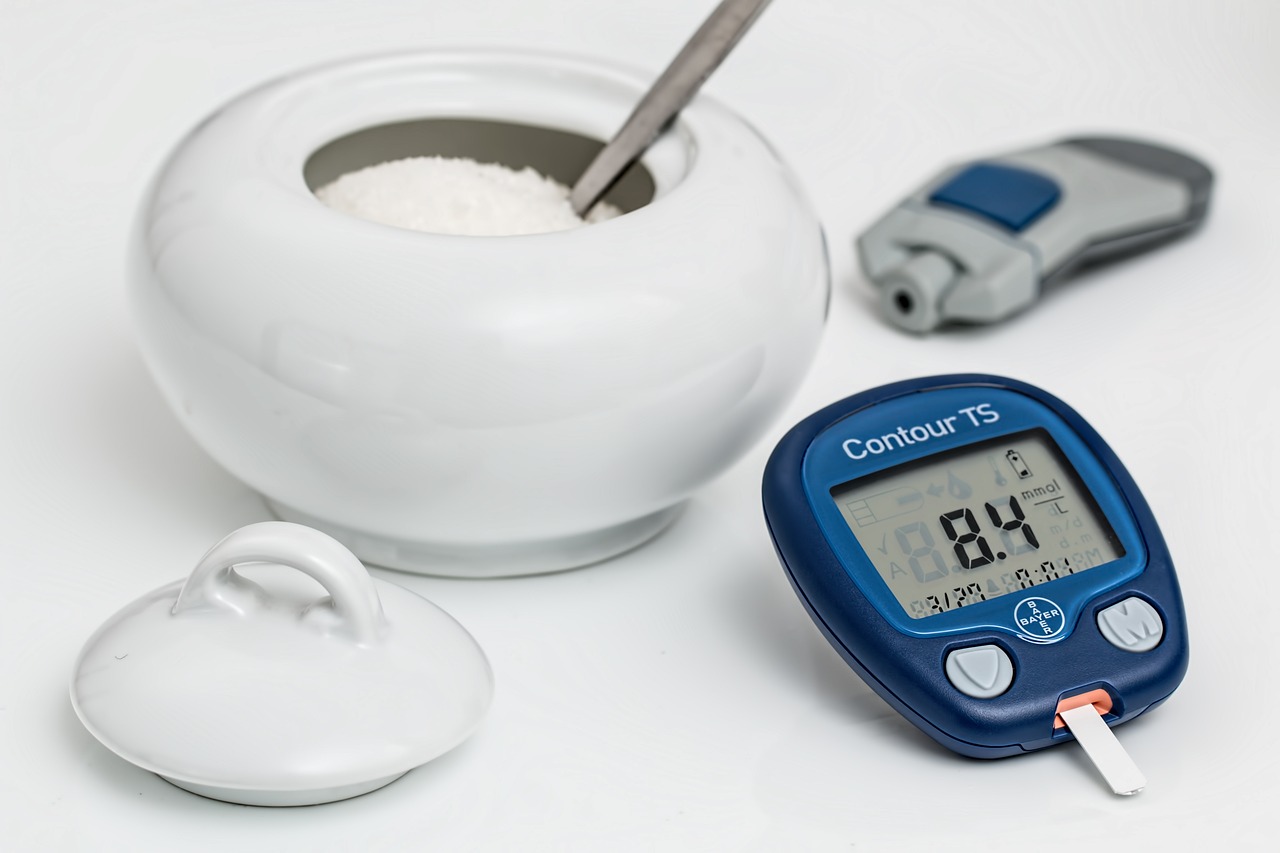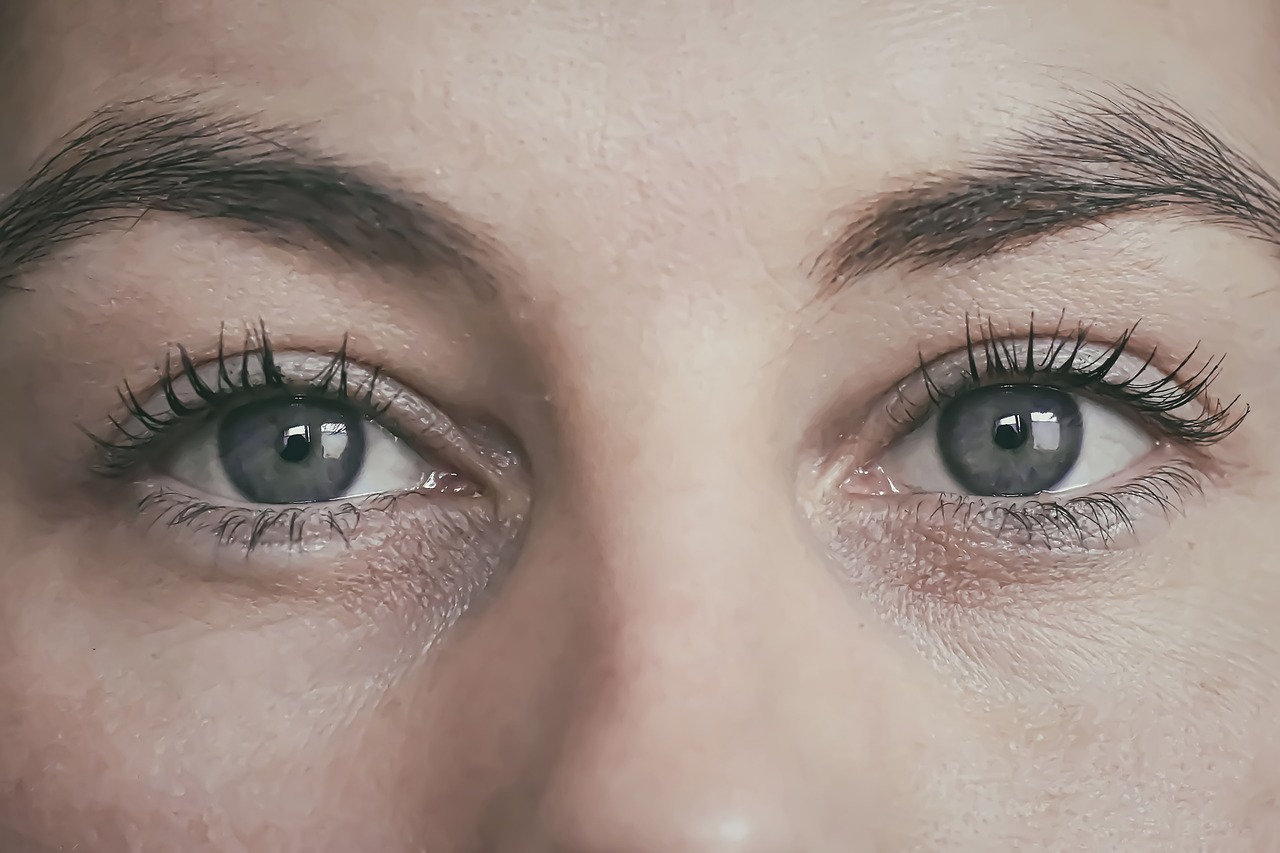When it comes to hypoglycemia, I’m sure no one is unfamiliar with it, and almost all sugar users as well as many healthy people have experienced hypoglycemia themselves. However, there are many “truths” about hypoglycemia that you may not really know. Below, we will talk about the things you don’t know about hypoglycemia.
1、Different diagnostic criteria for hypoglycemia in diabetic and non-diabetic patients
Many diabetic patients have autonomic neuropathy and have poorer ability to perceive hypoglycemia, therefore, the occurrence of hypoglycemia is more harmful to the body, and it is easy to induce serious cardiovascular events, such as arrhythmia, heart failure, angina pectoris, acute infarction and stroke. To be on the safe side, the diagnostic criteria for hypoglycemia in non-diabetic and diabetic patients are different. The criteria for hypoglycemia in non-diabetic patients is ≤2.8 mmol/L, while in diabetic patients, hypoglycemia can be diagnosed if blood glucose is ≤3.9 mmol/L. A blood glucose <3.0 mmol/L is classified as clinically significant hypoglycemia, suggesting the occurrence of severe, clinically significant hypoglycemia.
2、Hunger does not necessarily mean low blood sugar
Hunger is often seen as the most reliable warning sign of hypoglycemia. In the view of many patients, as long as the patient has hunger symptoms, it suggests that hypoglycemia has occurred. In fact, hunger may not necessarily occur hypoglycemia, some patients despite high blood glucose, but due to the absolute lack of insulin or the existence of insulin resistance, glucose can not be transported to the cells for the body to utilize, the patient will also appear hunger. Many diabetic patients have this experience, if the blood sugar is very high, even if you eat a lot, the feeling of hunger is still very obvious, and once the blood sugar control is good, the feeling of hunger is also significantly reduced.
There is also a so-called “hypoglycemic reaction”, this symptom occurs in the process of patient treatment, due to the patient’s blood glucose drop too fast or drop too large, although their blood glucose is still in the normal range or even slightly higher than the normal value, the patient can still appear panic, sweating, hand shaking, hunger and other symptoms of hypoglycemia, this feeling is mainly due to This feeling is mainly due to the patient’s inability to adapt to the rapid change of blood glucose.
Therefore, when patients experience hunger, they must monitor their blood glucose in time to determine whether their blood glucose is high or low, so as to avoid blindly supplementing food.
3、The “faces” of hypoglycemia can be many.
The clinical manifestations of hypoglycemia in patients of different age groups are not exactly the same when hypoglycemia occurs. The symptoms of hypoglycemia in adults are generally more typical, mainly manifested as sympathetic excitation symptoms, such as hunger, panic, hand tremor, sweating, limb weakness, etc. The symptoms of hypoglycemia in the elderly are often not the same as the symptoms of hypoglycemia. The symptoms of hypoglycemia in the elderly are often atypical, either there are no symptoms or symptoms of central nervous system glucose deficiency, such as strange speech and behavior, blurred consciousness, convulsions, drowsiness, coma, etc., which can be easily misdiagnosed as “acute stroke” or “epileptic seizure”. The main symptoms of hypoglycemia in young children are breastfeeding. Hypoglycemia in young children is mainly manifested as difficulty in breastfeeding, irritable crying, pale, cold sweat, inattentive, nightmares, easy to frighten, enuresis, etc. If you do not know about it, it is often easy to be ignored by family members.
4、Hypoglycemia may not always have symptoms
When blood glucose is lower than normal, some patients will have obvious symptoms, some will have mild symptoms, and some will have no symptoms at all. “Asymptomatic hypoglycemia” is mostly seen in elderly diabetic patients and patients who have frequent hypoglycemia for a long time (e.g. some patients with “brittle diabetes mellitus”), the reason for which may be related to the damage of the nervous system of the organism, the decrease of sympathetic nerves to the ability of hypoglycemia perception, and the physiological decrease of adrenocortical function in the elderly. The causes may be related to damage to the nervous system, decreased sympathetic perception of hypoglycemia, and physiologic hyperalgesia in the elderly.
Patients with asymptomatic hypoglycemia are very dangerous because they often fall into a coma without realizing it due to the absence of any signs of hypoglycemia. For this type of patients should pay attention to three points: ① to strengthen around-the-clock blood glucose monitoring, especially nighttime blood glucose monitoring; ② blood glucose control standards should be appropriately relaxed, should not be too strict; ③ pay attention to the bedtime meal, to prevent nighttime hypoglycemia.
5、Not all hypoglycemia is related to diabetes
Hypoglycemia mainly occurs during the treatment of diabetes, such as excessive dieting, excessive exercise, excessive use of hypoglycemic drugs (including insulin), failure to eat meals in time after using drugs, alcohol abuse on an empty stomach, etc. However, some hypoglycemia also occurs in non-diabetic patients. However, some hypoglycemia also occurs in non-diabetic patients, such as “pancreatic islet b-cell tumor”, some extra-pancreatic tumors (e.g. lung cancer), advanced cirrhosis of the liver, chronic hypoadrenalism (Addison’s disease), and autonomic dysfunction, etc., which can also lead to hypoglycemia. Therefore, for hypoglycemia of unknown cause, attention must be paid to finding the cause and uncovering the original disease hidden behind the hypoglycemia. Only in this way can the problem of hypoglycemia in these patients be solved fundamentally.
6、”Hypoglycemia” is often more dangerous than “hyperglycemia”.
We all know the danger of high blood sugar and attach great importance to it; in contrast, we often do not pay enough attention to the serious danger of hypoglycemia. In fact, the danger of hypoglycemia is not inferior to that of hyperglycemia, and sometimes it is even more dangerous. If the danger of high blood sugar is calculated in years, the danger of low blood sugar is calculated in hours. Severe hypoglycemia can cause brain dysfunction, which can lead to permanent brain damage after more than six hours. Not only that, hypoglycemia in the elderly is also prone to induce cardiac arrhythmia, heart failure, angina pectoris, myocardial infarction and even sudden death.
7、”Asymptomatic hypoglycemia” is worse than “symptomatic hypoglycemia”.
Symptoms such as hunger, panic, sweating and shaking hands are early warning signs of hypoglycemia, which can remind patients to help themselves or seek medical help in time. On the other hand, patients with “asymptomatic hypoglycemia” often do not have any feeling or aura when hypoglycemia occurs, and often fall into coma without realizing it. If the patient is not detected by others in time and treatment is delayed, the patient is likely to become a vegetable due to persistent hypoglycemia, or even life-threatening.
8、The risk of hypoglycemia varies with different hypoglycemic drugs
The risk of hypoglycemia is not the same for all types of hypoglycemic drugs commonly used in clinical practice. Insulin and insulinotropic agents (including sulfonylureas and glinides) lead to a higher risk of hypoglycemia, belonging to the “hypoglycemic drugs”; glucagon-like peptide-1 (GLP-1) agonists, sodium-glucose cotransporter protein 2 (SGLT-2) inhibitors, dipeptidyl peptidase 4 (DPP-4) inhibitors, Alpha-glucosidase inhibitors, biguanides, and thiazolidinediones, which have a low risk of hypoglycemia and generally do not cause hypoglycemia when used alone, are classified as “hypoglycemic drugs” (also known as “smart hypoglycemic drugs”).
9、”Hypoglycemic reaction” must also be treated as hypoglycemia
Clinically, some diabetic patients have panic, hunger and other symptoms of hypoglycemia, but check the random blood glucose is not low, we call this phenomenon “hypoglycemic reaction”. Since “hypoglycemic reaction” can also induce serious cardiovascular and cerebrovascular events, it should also be treated according to the emergency treatment of hypoglycemia. The view that “hypoglycemic reaction is not hypoglycemia and therefore does not require treatment” must be corrected.
10、Eating dry foods may not be effective in correcting all hypoglycemias.
Many diabetic patients in the emergence of low blood sugar will choose steamed bread, cookies and other staple food to ease the symptoms, although this can not be said to be wrong, but not the most appropriate choice. Because of the treatment of hypoglycemia need to fight for time, the correct approach is to quickly eat sugar cubes, fruit juice, honey and other “single sugar” food, because this kind of food can be quickly absorbed into the blood, thus quickly alleviating the symptoms of hypoglycemia. Buns and other starch belongs to the “polysaccharide” food, need to be metabolized in the body through the gradual decomposition into monosaccharide to be absorbed by the body, the correction of hypoglycemia speed is relatively slow.
In addition, taking α-glucosidase inhibitors of diabetic patients in the occurrence of hypoglycemia, must be supplemented with monosaccharides (such as glucose, sugar water, fruit juice, etc.), in order to quickly correct hypoglycemia. This is because α-glucosidase inhibitors can slow down the absorption of large carbohydrates (such as starchy foods like steamed bread) so that they cannot rapidly raise blood glucose, and thus cannot rapidly correct this type of hypoglycemia.



